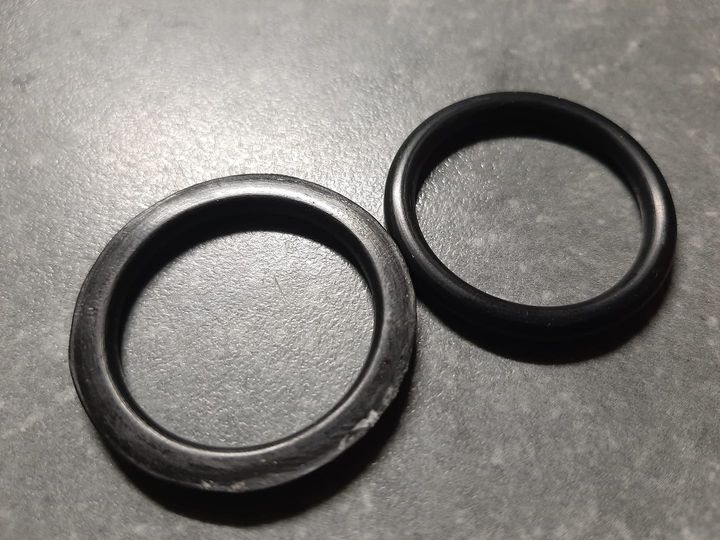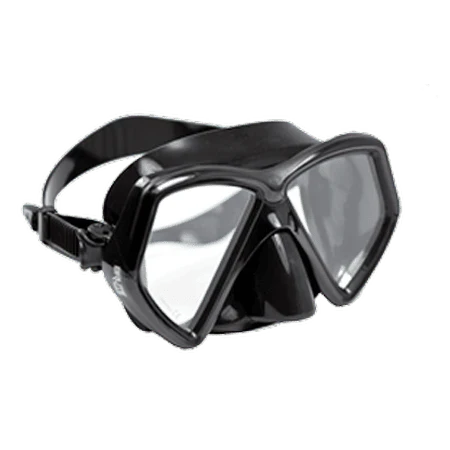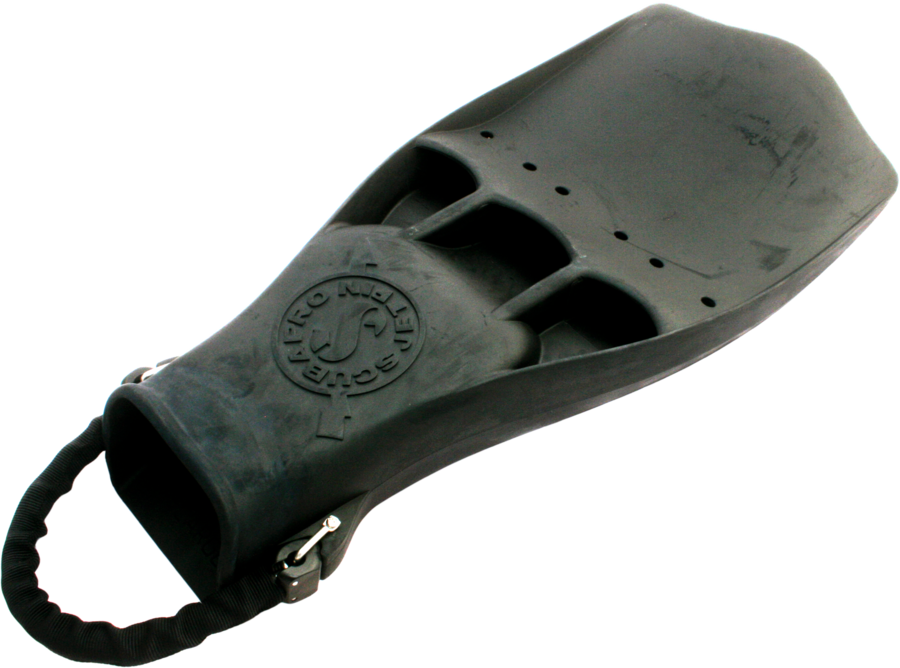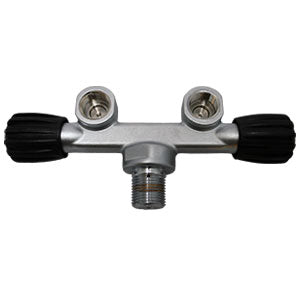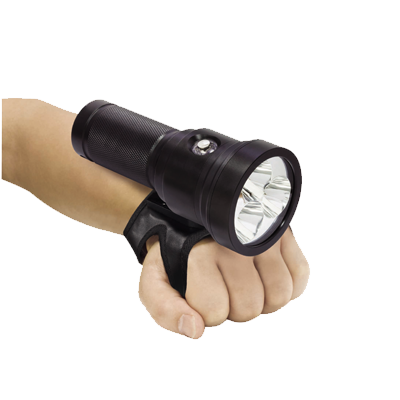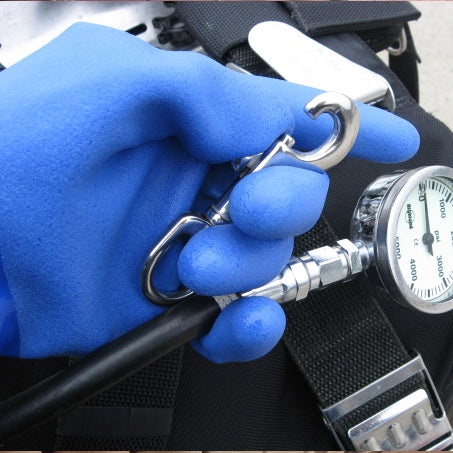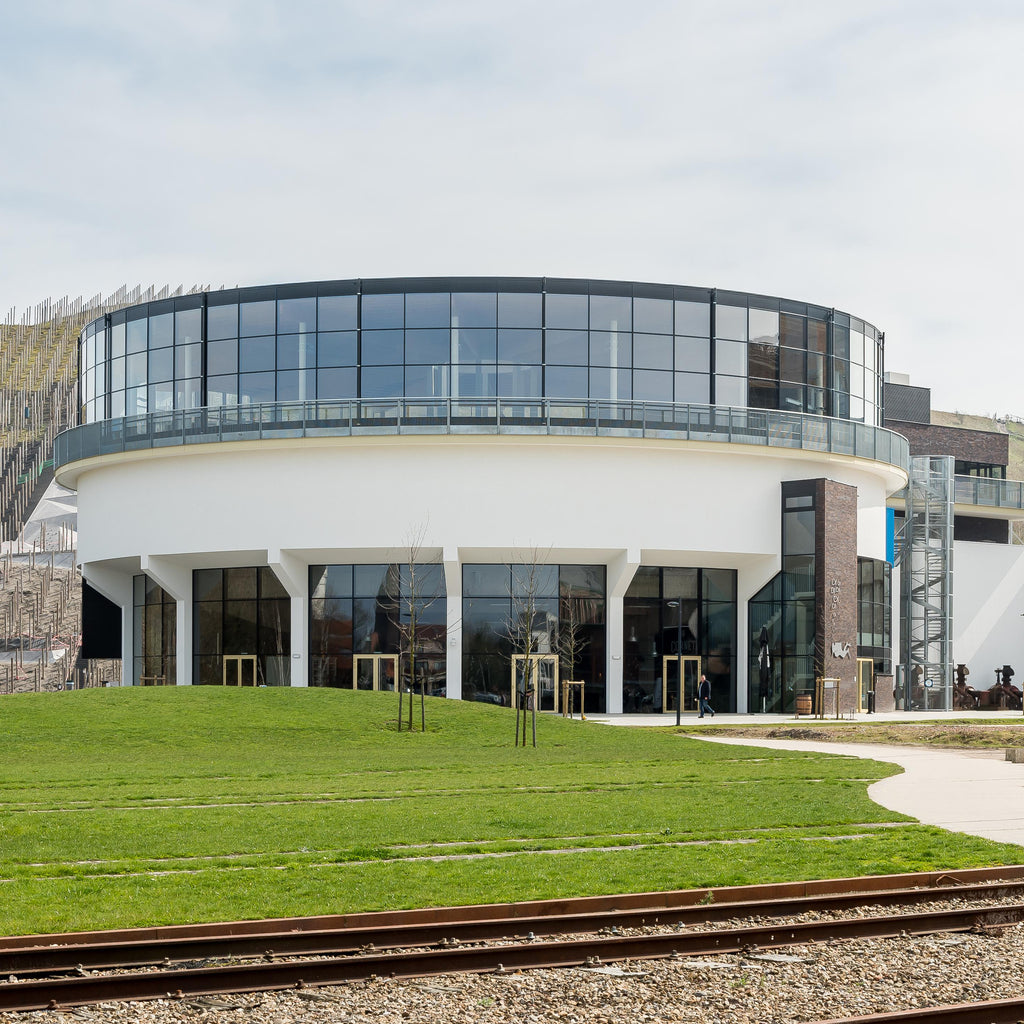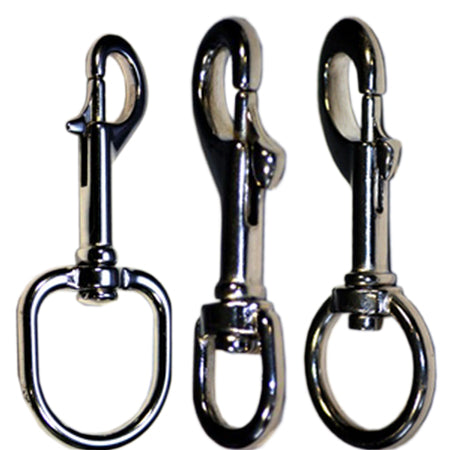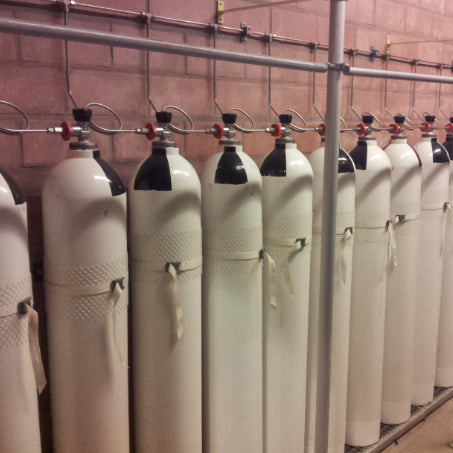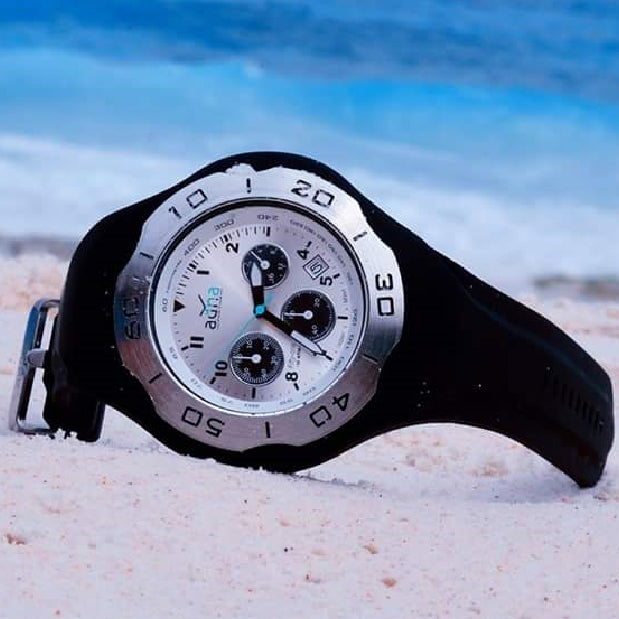Everything about o-rings in diving (NBR, EPDM and Viton)
Yuck! And dangerous! This photo unfortunately comes from everyday practice. Not everyone is equally concerned with their diving equipment, let alone with the quality of that finicky part that is nevertheless important for a safe dive. Leaks can easily be prevented by the periodic maintenance prescribed by the manufacturer.
In diving, different types of O-rings are used for seals in diving equipment: such as regulators, cylinder valves, and inflators. The most common materials for these O-rings are NBR (nitrile rubber), EPDM, and Viton. What exactly is the difference between these materials and why should you choose them?
1. Example application NBR O-ring: Standard diving cylinder valve
- Situation : You have a standard diving tank filled with compressed air (21% oxygen, 79% nitrogen), and you use it for recreational diving.
- Material selection : NBR O-ring
- Why : NBR O-rings are ideal for this situation because they are resistant to air, moisture, and oils sometimes found in compressed air. They are affordable and readily available for regular diving. The chance of exposure to high oxygen concentrations is minimal, so NBR is a safe and cost-effective choice.
2. Example application EPDM O-ring: Nitrox breathing apparatus
- Situation : You are diving with Nitrox (for example 32% oxygen, 68% nitrogen), which is often used for longer dive times.
- Material selection : EPDM O-ring
- Why?: In this situation, an EPDM O-ring is more suitable because it can withstand higher oxygen concentrations (as in Nitrox). It does not age quickly from exposure to UV radiation or ozone. While NBR might work, it can degrade at higher oxygen concentrations, posing a safety risk.
3. Example Viton O-ring: Oxygen clean technical diving cylinder
- Situation : You are using a technical diving cylinder with pure oxygen (100%) or a gas mixture with a high percentage of oxygen (for example 50% for decompression).
- Material selection : Viton O-ring
- Why?: In high oxygen concentrations (such as technical diving or in oxygen purification systems) it is crucial that the O-ring is non-flammable and does not degrade due to oxygen. Viton is the safest choice in this case because it is highly resistant to high oxygen concentrations and high temperatures that can occur in oxygen systems.
4. Example NBR O-ring: Inflator for BCD (trim vest)
- Situation : The inflator of your BCD (trimming vest) uses compressed air to control your buoyancy.
- Material selection : NBR O-ring
- Why?: The inflator only comes into contact with regular compressed air and is not exposed to oxygen rich gases or extreme conditions. This is where an NBR O-ring is ideal because it is highly resistant to oil and other contaminants that may be in the air stream, and it is a cheap and durable option.
5. Example EPDM O-ring: Dive light
- Situation : You have a dive light that you often use in sunlight and at great depths.
- Material selection : EPDM O-ring
- Why?: EPDM is highly resistant to UV rays, making it perfect for a dive light that is frequently exposed to sunlight between dives. EPDM also has excellent waterproof properties, which is crucial for preventing water infiltration into your dive light at great depths.
6. Example Viton O-ring: Oxygen regulator for technical diving
- Situation : During a technical dive you use an oxygen regulator for decompression stops, breathing pure oxygen.
- Material selection : Viton O-ring
- Why?: An oxygen regulator must be absolutely oxygen safe, because pure oxygen is highly reactive. Viton O-rings can withstand high oxygen concentrations and high temperatures, which is essential for safety in such environments.
In summary:
- NBR : Good for standard air tanks, inflators and most diving equipment.
- EPDM : Ideal for Nitrox systems and equipment exposed to UV radiation (such as diving lights).
- Viton : The best choice for technical diving systems with pure oxygen or high oxygen concentrations (such as oxygen regulators or cylinders).


